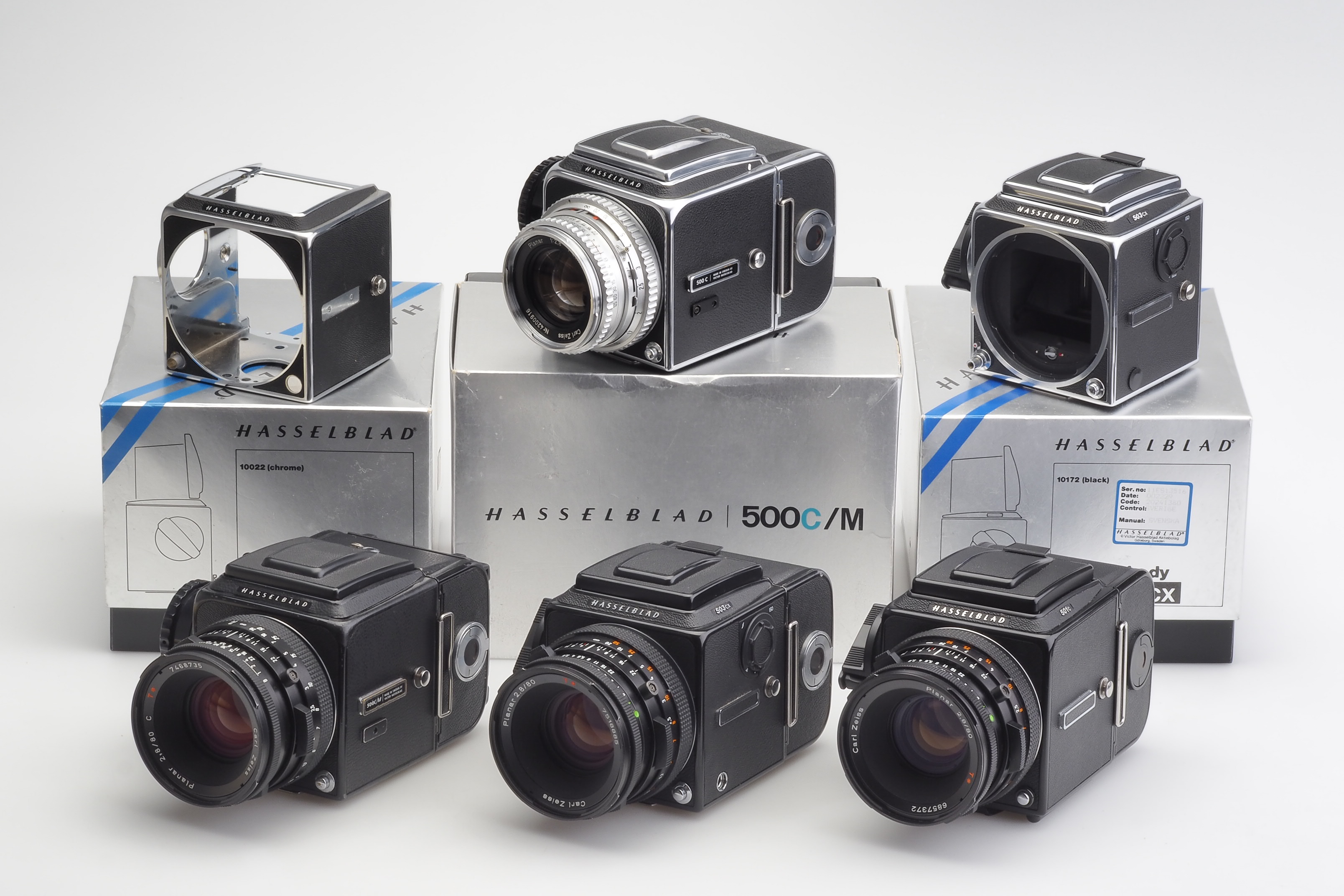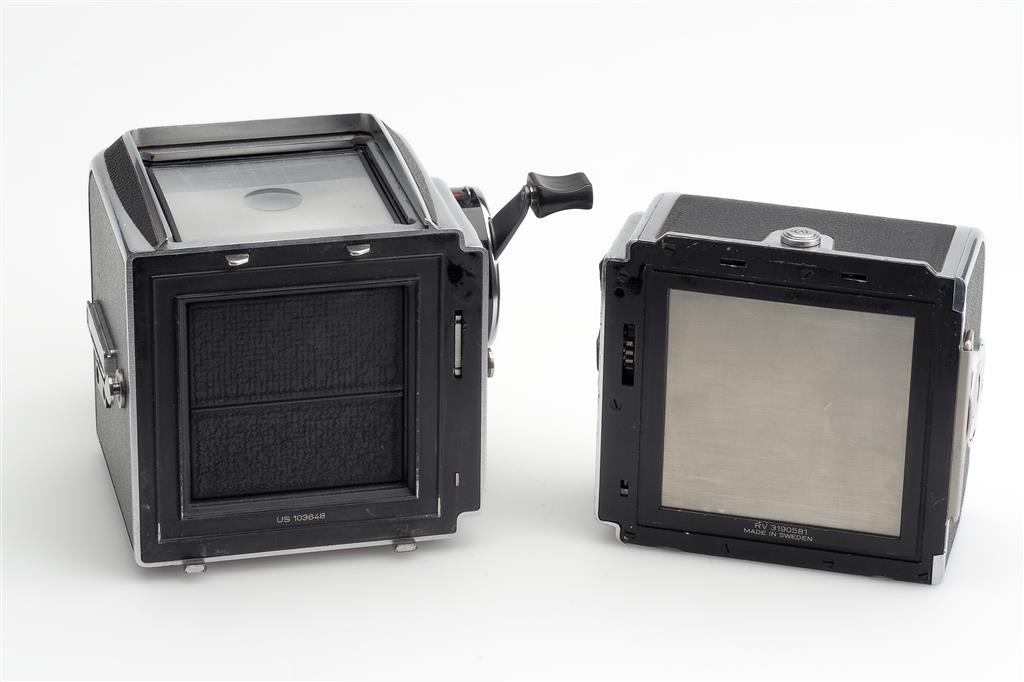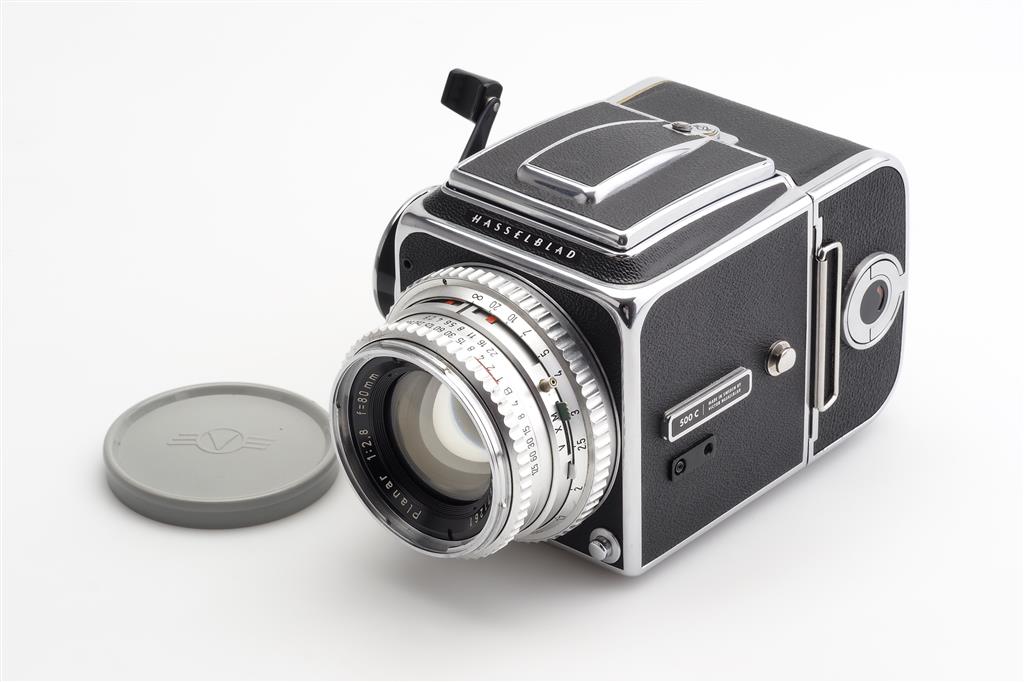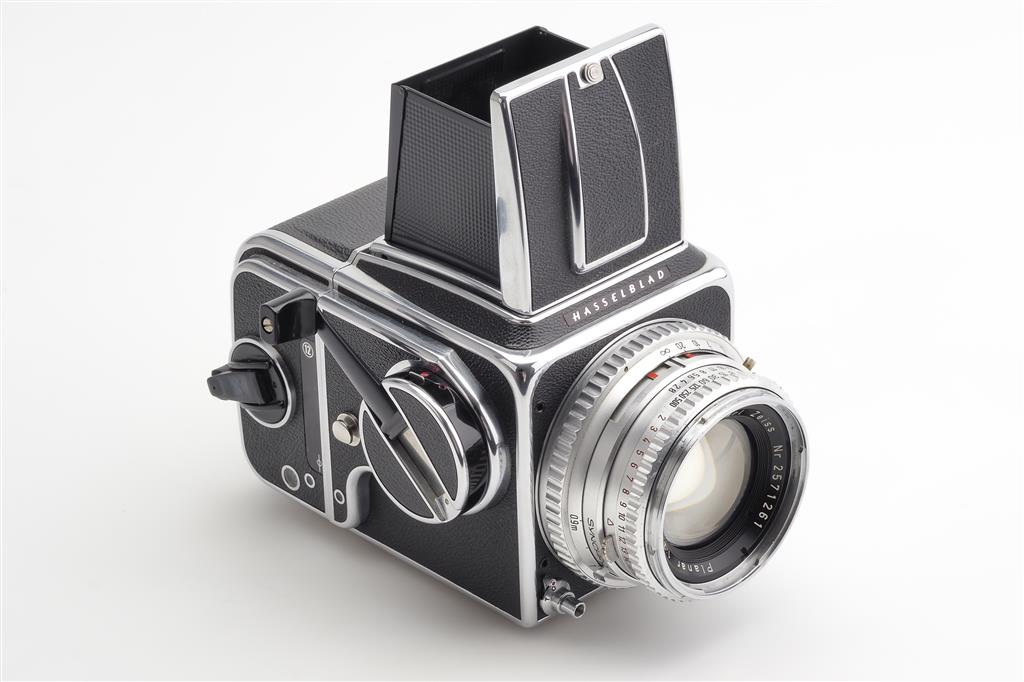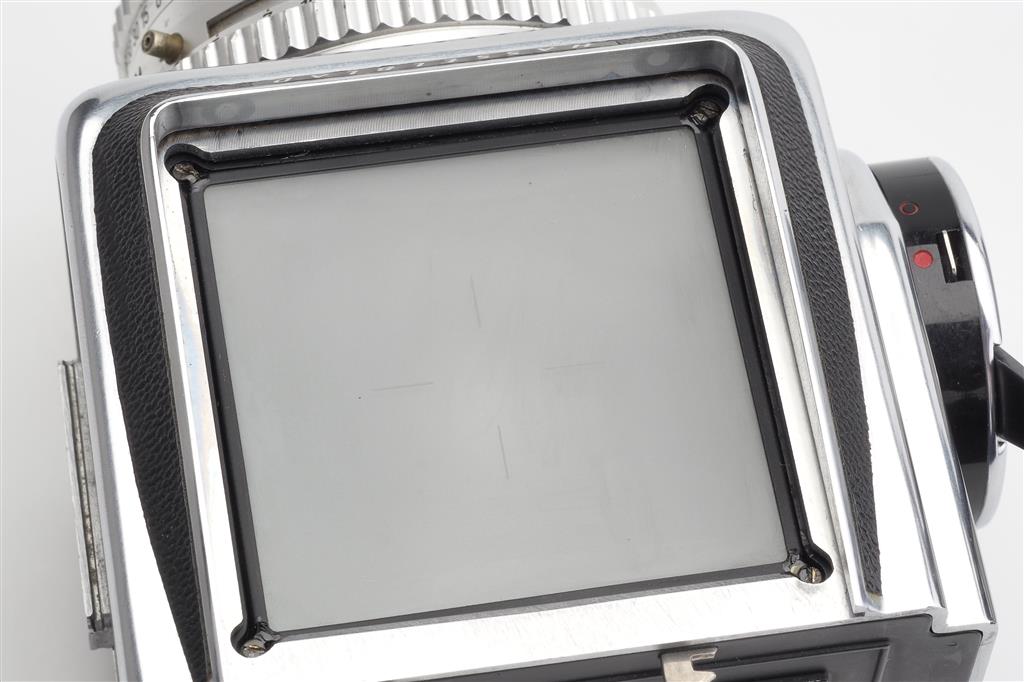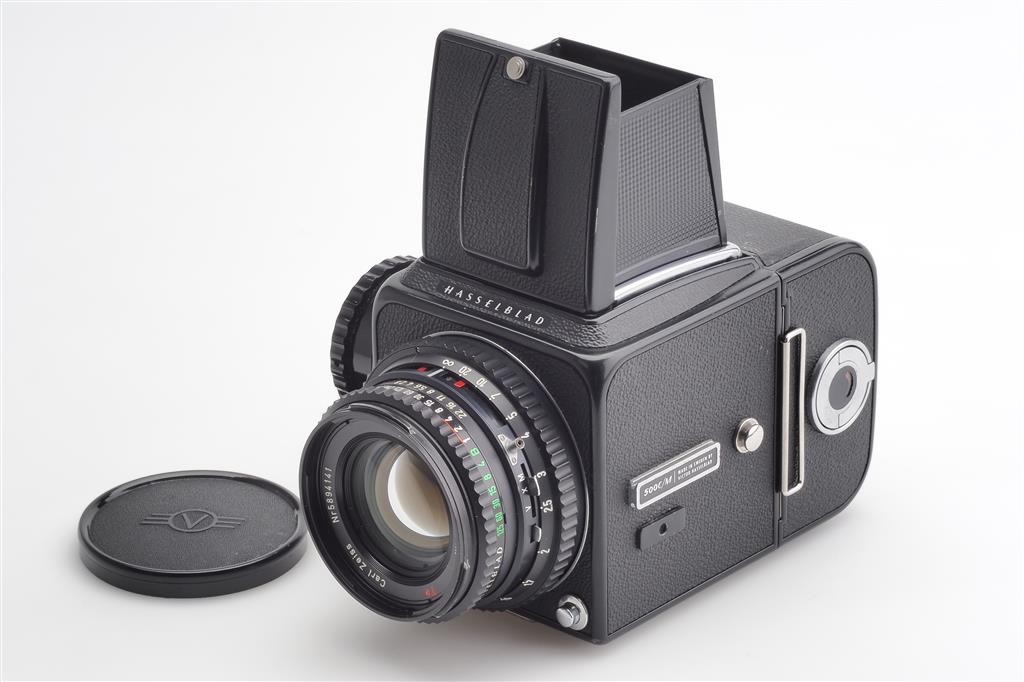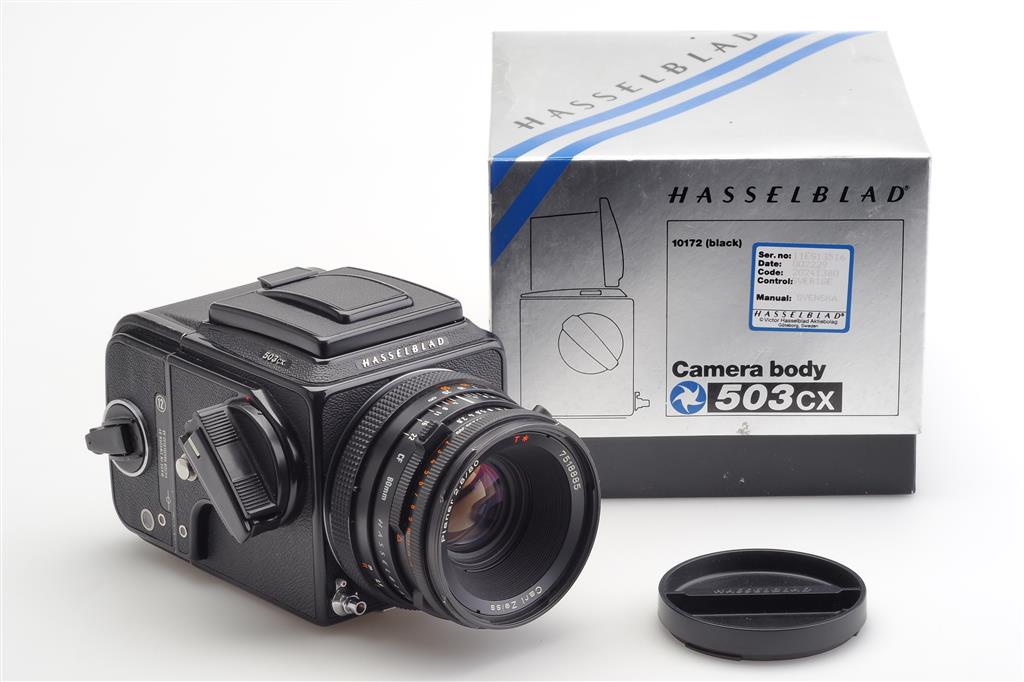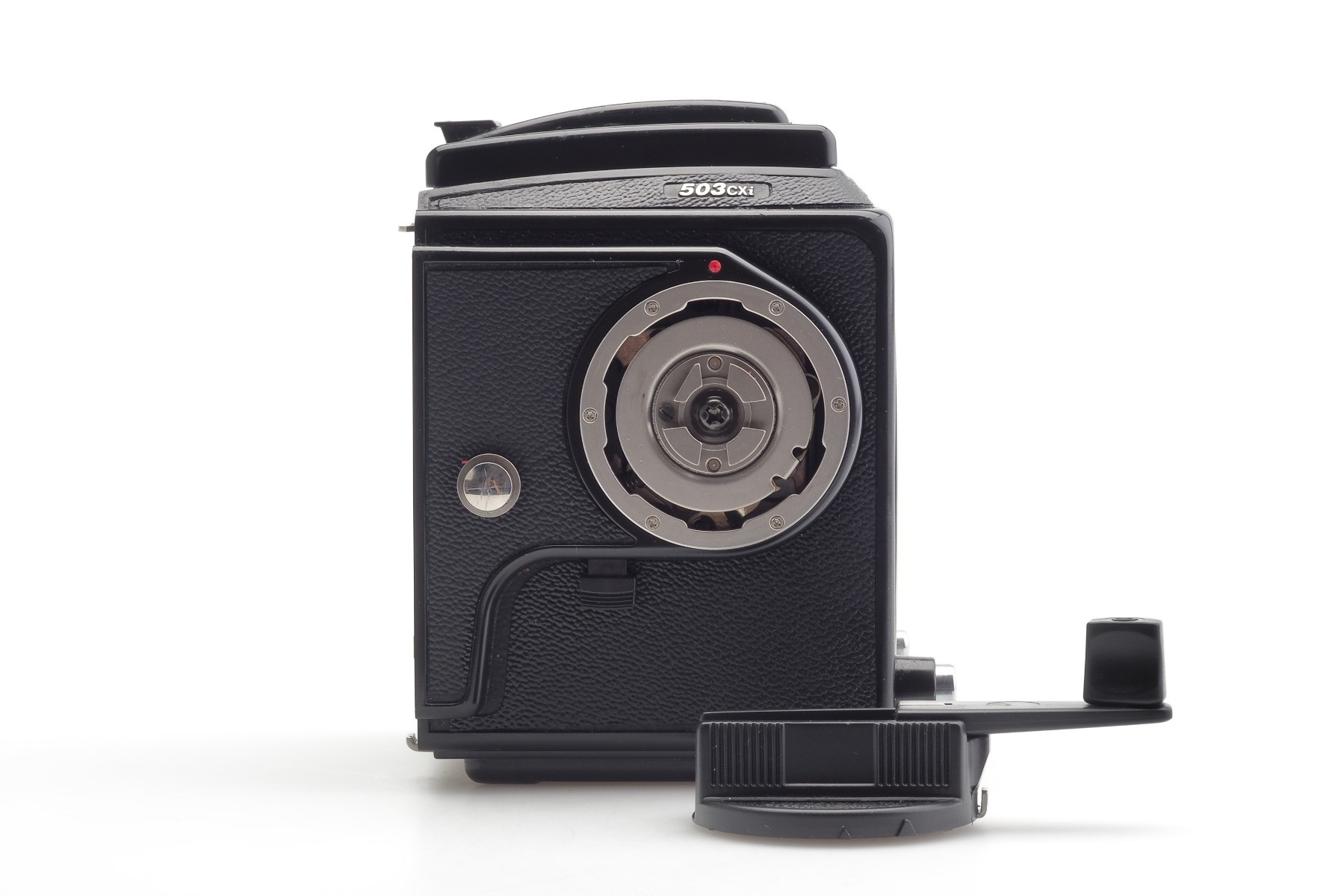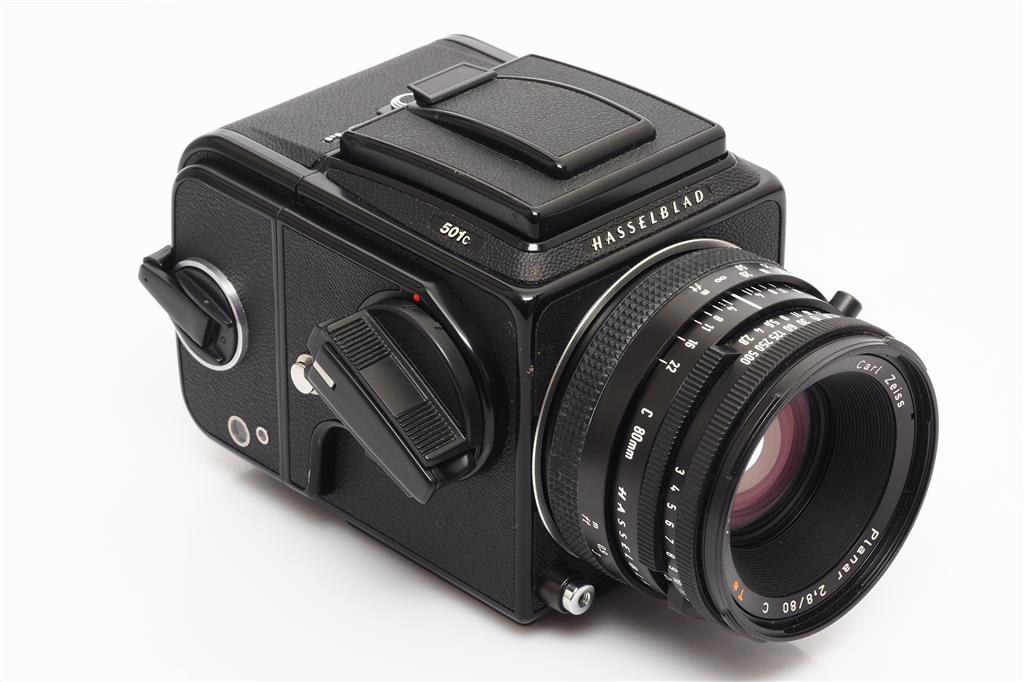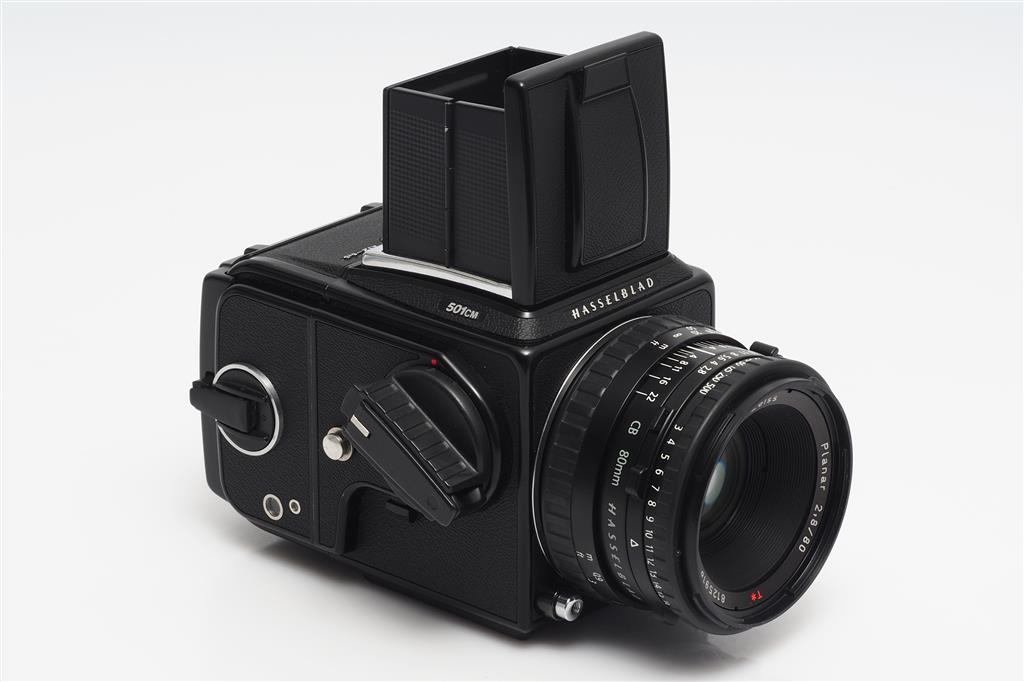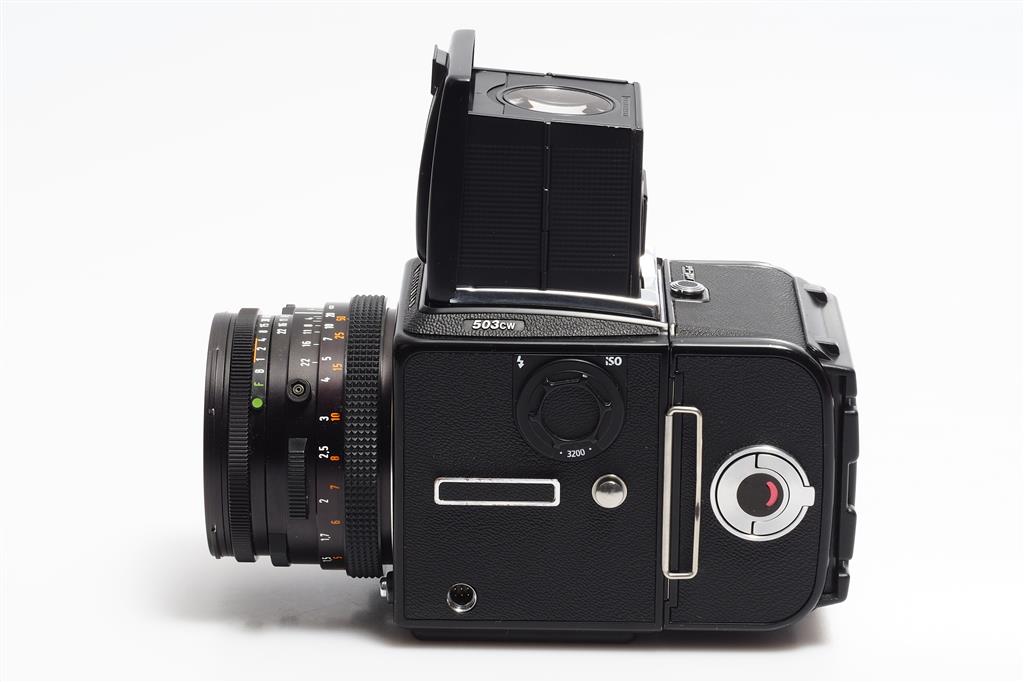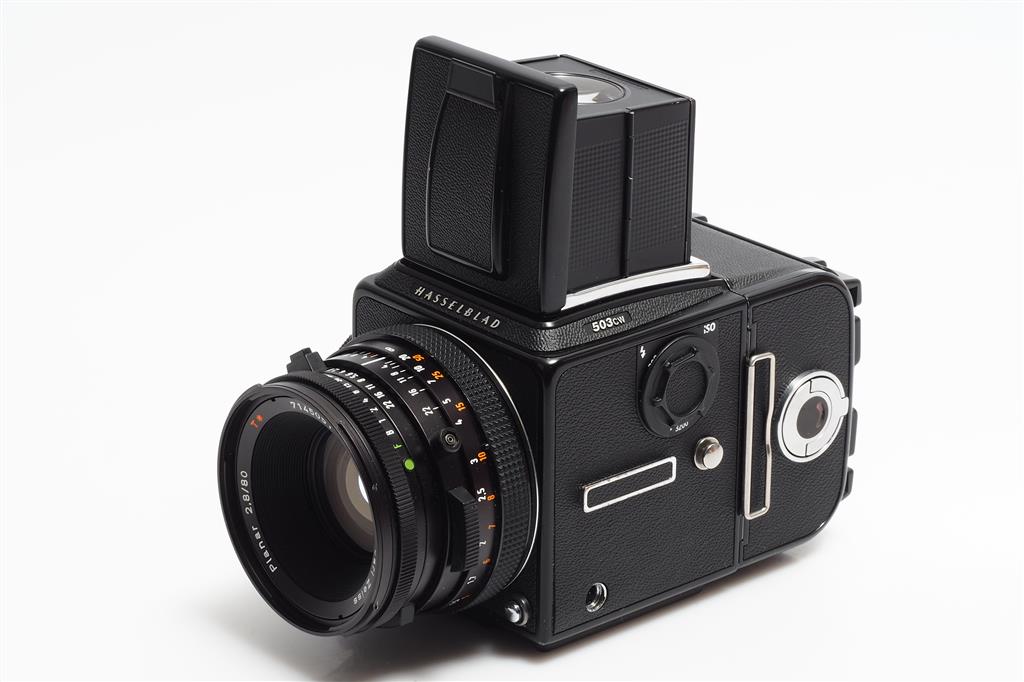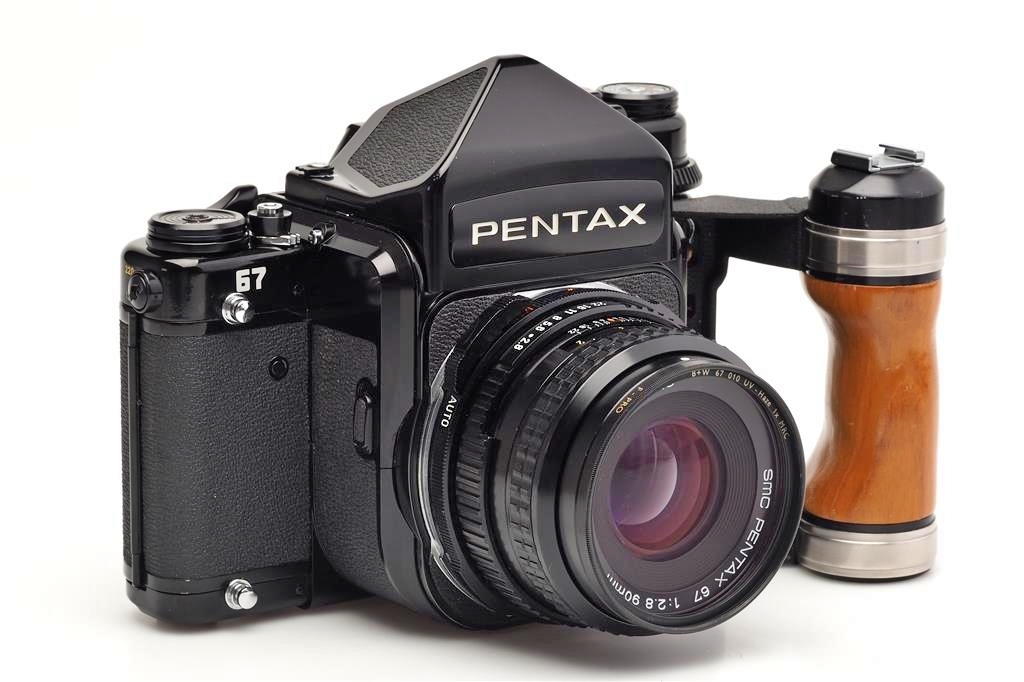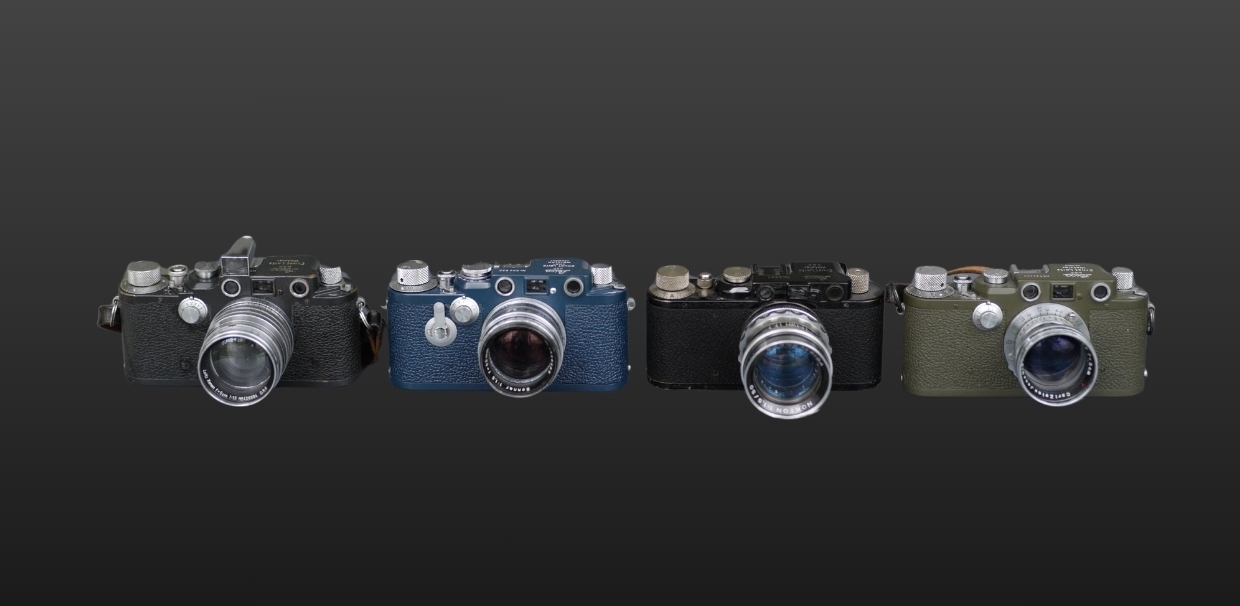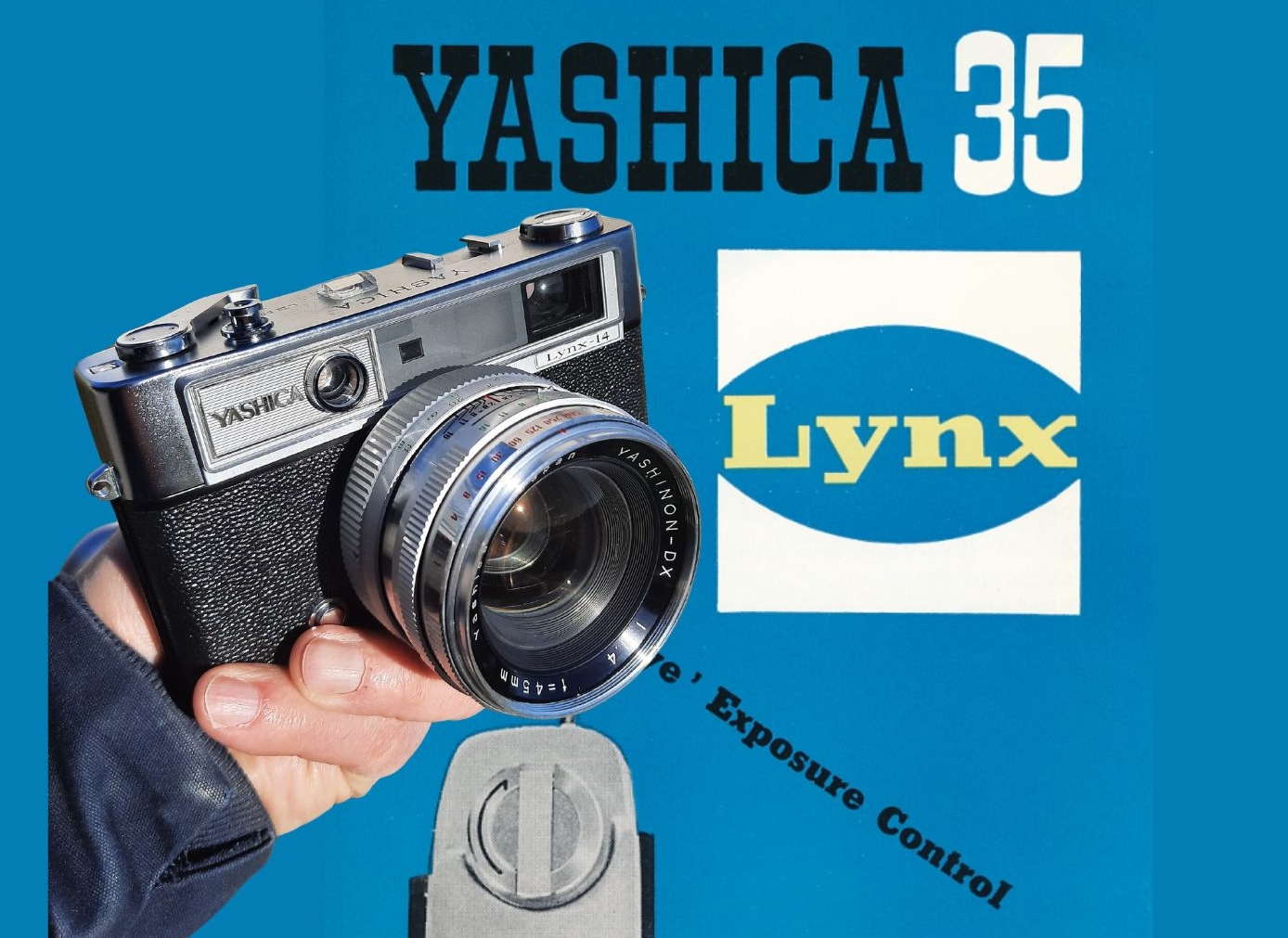Hasselblad 500 / 501 / 503 V-System Cameras - WHICH ONE TO CHOOSE ? - Jo Geier
How to select the right mechanical Hasselblad „500“ - Series (V-System) body for your needs.
Below you will find a small compilation.
And this is how you can identify the „birthyear“ of Hasselblad cameras!
With the two letters in front of the bodies serial number and the following code:
V H P I C T U R E S
1 2 3 4 5 6 7 8 9 0
So a camera with serial number US 103648 would be from 1970 (U=7 S=0).
V H stands for Victor Hasselblad.
1957 – 1970 Hasselblad 500 C
In 1957 the 500 C was released with some major differences to the 1600F and 1000F cameras as the body had no focal plane shutter while every lens had a leaf shutter which provided flash synchronisation at all shutter speeds with electronic flash and an automatic aperture stop-down which allowed focusing at full aperture. Available in chrome only. The standard lens is a („C“-type) Carl Zeiss Planar 2.8/80mm in chrome.
1970 – 1988 Hasselblad 500 C/M
First V-System camera with interchangeable focusing screen. At first still marked 500 C only on accessory rail. The 80mm Planar available from 1971/72 with T* coating and by 1973/74 changed to black finish.
1974 – Hasselblad 500 C/M 25th Anniversary
1500 cameras (1 in black, 1499 in chrome) issued in 1974 to commemorate the 25th anniversary of the introduction of the 1600F. Sterling silver metal plate attached to the side of the camera.
1987 – Hasselblad 500 C/M Gold Exclusive
Special Edition with gold plated metal parts with CF Planar 2.8/80mm T* and Magazine 12 to commemorate the 30th anniversary of the introduction of the Hasselblad 500 C. 1400 sets have been produced.
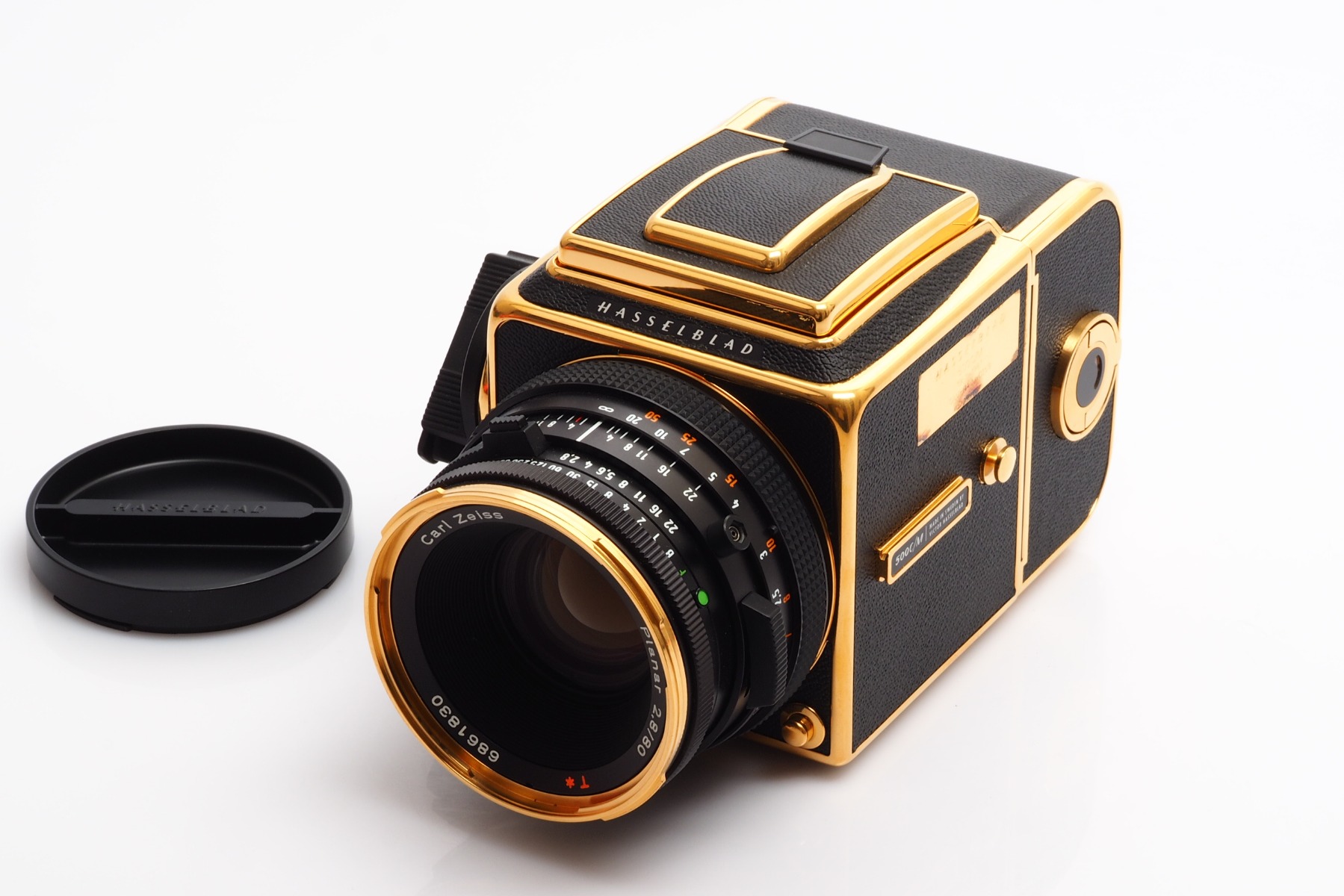
1990 – 1994 Hasselblad 500 C/M Classic
Only available as a set with CF Planar 2.8/80mm T* and Magazine A12. Same specifications as the 503 CX without TTL flash metering. In 1991 cameras produced between March and December were delivered with a special commemorative plate on the side for the 50th anniversary of Hasselblad as a camera manufacturer (the first military cameras were made in 1941).
1988 – 1993 Hasselblad 503 CX
With electronics for TTL flash metering with the adapter SCA 300 and SCA 500. Also the first camera which was equipped with the new Acute Matte focusing screen. Better internal body coating (Palpas). The body was supplied with the new folding viewfinder hood and the Rapid Winding Crank 44040.
1991 – Hasselblad 503 CX Golden Blue
Limited Edition of 700 cameras with CF Planar 2.8/80mm T* to commemorate the 50th anniversary of Hasselblad as a camera manufacturer (the first military cameras were made in 1941).
1994 – 1996 Hasselblad 503 CXi
Some minor changes to its predecessor. Now accepts the 645 and panoramic mask set 41151 at the rear body opening, wider style release button and rubber bottom grips, but most importantly, the Winding Crank E in anticipation for the Winder CW which was introduced in 1996. Lacking: „cocked/released“ indicator window.
1994 – 1997 Hasselblad 501 C
The new „entry-level“ camera into the Hasselblad system. Only available in black and as a set with „new C“ Planar 2.8/80mm T*, Magazine 12 and Acute Matte screen. Lacking the „cocked/released“ indicator window and „T“ lock on shutter release. Non-removeable winding crank, „new C“ Planar 2.8/80mm T* without F setting (can not be used on F-System cameras), no Gliding Mirror System (GMS).
1997 – 2005 Hasselblad 501 CM
With Gliding Mirror System (GMS), At first only available in chrome and as a kit with the „new C“ Planar 2.8/80mm T* without F setting (can not be used on F-System cameras) and Magazine A12 with dark slide holder. Later available with the „CB“ Planar lens and by the end of 1997 also available in black. After the year 2000 (or the discontinuation of the „CB“ lenses) the standard kit came with a CFE Planar 2.8/80mm T* lens.
1996 - 2010 Hasselblad 503 CW
New Gliding Mirror System (GMS) with a larger view at the focusing screen with long focal length lenses. CW Winder connection. In June 1998 the ISO adjustments changed form 1000 to 4000 ISO. The latest serial numbers indicate a production in 2008.
1998 – Hasselblad 503 CW Gold Supreme
500 gold plated 503 CW camera sets with burgundy coloured leather, CF Planar 2.8/80mm T* and A12 magazine have been produced to commemorate the 50th anniversary of the introduction of the Hasselblad 1600F.
2000 - Hasselblad 503 CW Millenium
With a small emblem that indicates they are „Millenium“ editions and special dark slide. Otherwise exactly the same as the serial production camera.
2001 – In late 2001, Hasselblad offered the 501 CM and 503 CW with coverings in yellow, red, green and blue.
2006 - Hasselblad 503 CWD
A commemorative camera set to celebrate Victor Hasselblad's 100th birthday. Based on the 503 CW and sold with CFV 16 or CFV 39 digital back and CFE Planar 2.8/80mm T* lens.
2008 – Hasselblad 503 CW 60 Years Blue
A limited edition of 60 cameras with blue covering and a silver plaque on the side to commemorate the 60th anniversary of the introduction of the Hasselblad 1600F.
2008 – Hasselblad 503 CW 60 Years Carl Zeiss
A limited edition of 60 cameras with red covering and a silver plaque on the side to commemorate the 60th anniversary of the partnership with Carl Zeiss. The lens supplied with it was a Carl Zeiss ZV Classic Distagon 4/50mm T* in chrome.
A total of about 272.000 cameras have been produced of all 500 C/M models from 1970 – 1994.
It is therefore one of the most popular medium format cameras – also thanks to the excellent Carl Zeiss lenses.
Special thanks to Richard Nordin and his genius book „Hasselblad Compendium, A complete listing and description of all the cameras, lenses and accessories by Hasselblad AB 1949-2010“ which I can fully recommend.
All in all every V-System camera is excellent and in 95% you are totally fine with a 500 C/M where you can switch the focusing screen. A system I can absolutely recommend to everybody interested in medium format photography.

